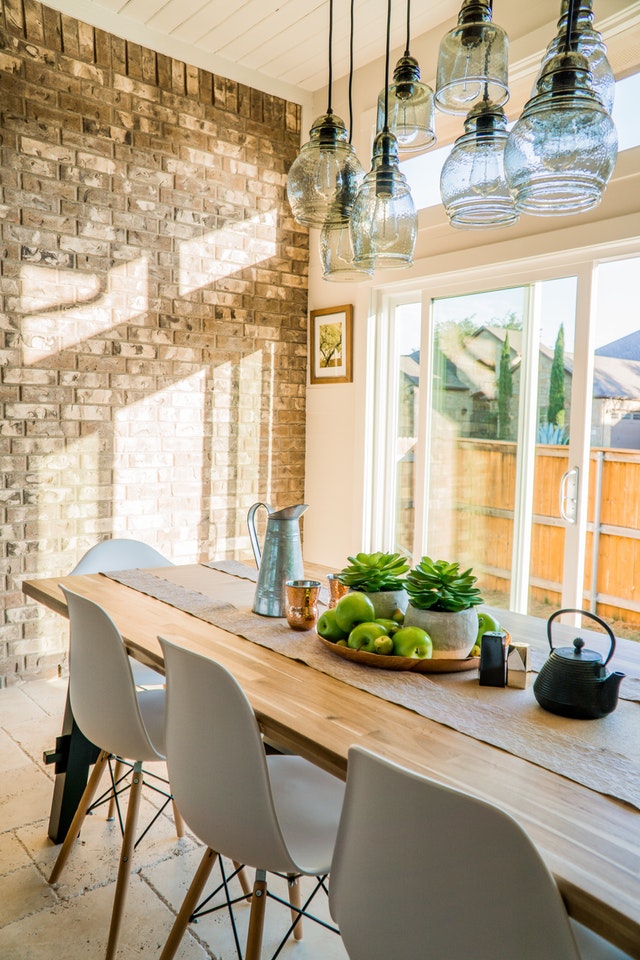 Last week’s economic reports included readings from the National Association of Home Builders on builder confidence in housing market conditions, Commerce Department readings on housing starts and building permits issued. Weekly readings on mortgage rates and first-time jobless claims were also reported.
Last week’s economic reports included readings from the National Association of Home Builders on builder confidence in housing market conditions, Commerce Department readings on housing starts and building permits issued. Weekly readings on mortgage rates and first-time jobless claims were also reported.
Builder Confidence in Housing Markets Rises
The NAHB Housing Market Index rose in October from September’s index reading of 68 to 71.Home builders were confident in market conditions due to strong demand for homes caused by low mortgage rates and slower growth in home prices.
Obstacles including tariffs on building materials did not deter builder confidence; any reading above 50 on the Housing Market Index indicates that most builders are confident about housing market conditions.
Robert Dietz, Chief Economist for NAHB, said: “The second half of 2019 has seen steady gains in single-family construction, and this is mirrored by a gradual uptick in builder sentiment over the past few months.” Mr. Dietz cited “ongoing supply side constraints and concerns about a slowing economy” as factors expected to negatively impact builder sentiment in coming months.
The Commerce Department reported a seasonally-adjusted annual pace of 1.26 million housing starts in September. Analysts expected a pace of 1.32 million starts; August’s reading for housing starts was 1.39 million starts.
Fewer building permits were issued in September with 1.39 million permits issued as compared to August’s reading of 1.43 million permits issued; analysts expected 1.38 million building permits to be issued.
Mortgage Rates, New Jobless Claims Rise
Freddie Mac reported higher rates for fixed rate mortgages last week. The average rate for 30-year fixed rate mortgages rose 12 basis points to 3.69 percent; the average rate for 15-year fixed rate mortgages rose 10 basis points to 3.15 percent.
The average rate for 5/1 adjustable rate mortgages was unchanged at 3.15 percent. Discount points averaged 0.60 percent for 30-year fixed rate mortgages and 0.50 percent for 15-year fixed rate mortgages. Discount points for 5/1 adjustable rate mortgages averaged 0.40 percent.
Initial jobless claims also rose last week. 214,000 new claims were filed as compared to expectations of 215,000 claims filed and the prior week’s reading of 210,000 first-time jobless claims filed. Analysts noted that new jobless claims remained near a 50-year low.
What’s Ahead
This week’s scheduled economic news includes readings on sales of new and previously-owned homes along with a report on consumer sentiment. Weekly readings on mortgage rates and initial jobless claims will also be released.
 Many homeowners don’t think about what it takes to successfully sell a home until they make the decision to purchase a new home. It makes sense to consider the best ways to improve your home sales appeal early if you think you might consider selling at any time in the future.
Many homeowners don’t think about what it takes to successfully sell a home until they make the decision to purchase a new home. It makes sense to consider the best ways to improve your home sales appeal early if you think you might consider selling at any time in the future. If you want to maximize your outdoor living areas, the ideas below will help you do so. Backyards are seldom used to their full potential. No matter how large or small your yard is, a makeover can create cozy sitting areas and larger spaces that are perfect for entertaining.
If you want to maximize your outdoor living areas, the ideas below will help you do so. Backyards are seldom used to their full potential. No matter how large or small your yard is, a makeover can create cozy sitting areas and larger spaces that are perfect for entertaining. Your credit report influences whether or not you’ll qualify for a mortgage and what kind of interest you’ll pay on that loan. This isn’t something you can safely ignore. Smart homebuyers understand the importance of monitoring credit scores and credit reports. Here is some information about how to get your credit report.
Your credit report influences whether or not you’ll qualify for a mortgage and what kind of interest you’ll pay on that loan. This isn’t something you can safely ignore. Smart homebuyers understand the importance of monitoring credit scores and credit reports. Here is some information about how to get your credit report. Last week’s economic releases included readings on inflation, an essay from Dallas Federal Reserve President Robert Kaplan and the monthly consumer sentiment index. Weekly reports on mortgage rates and new jobless claims were also released.
Last week’s economic releases included readings on inflation, an essay from Dallas Federal Reserve President Robert Kaplan and the monthly consumer sentiment index. Weekly reports on mortgage rates and new jobless claims were also released. It’s the time of year when many people are making their holiday plans: booking travel, making shopping lists, and getting their home ready for guests. Hiring a house cleaner, having the carpets steamed, and buying new furniture ahead of the holiday season are all common, but what about completely updating a room (or two)?
It’s the time of year when many people are making their holiday plans: booking travel, making shopping lists, and getting their home ready for guests. Hiring a house cleaner, having the carpets steamed, and buying new furniture ahead of the holiday season are all common, but what about completely updating a room (or two)?